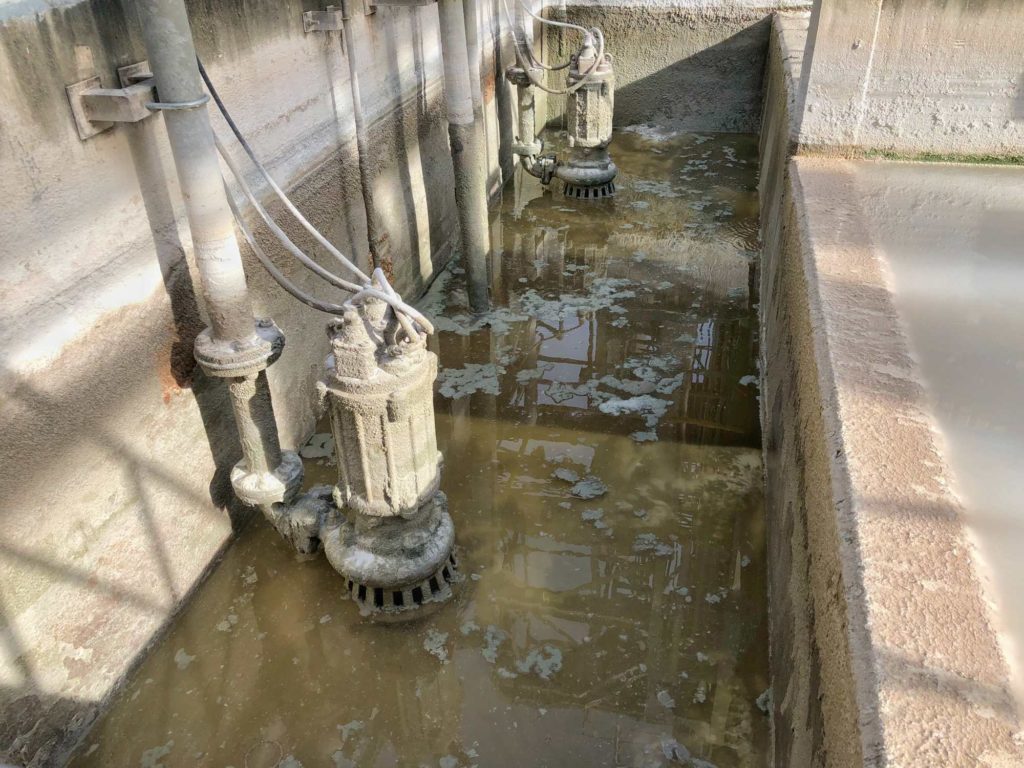Dewatering is the process of extracting liquid from a sludge slurry. Different dewatering techniques are used to carry out the process. These techniques may be used in refineries, wastewater treatment plants, drinking water facilities, and power plants. In this blog post, we will discuss three common methods of dewatering water treatment.
Belt Filter Press
The process of belt filter press is more commonly used when it is acceptable for filter cakes to have high-moisture content. Generally, this process produces about 18% to 25% solids by mass. It is extremely effective when it comes to high-volume wastewater streams – because it is conditional – where a huge production of the average-quality filter cake is acceptable. The belt filter press method is typically used in public wastewater treatment plants. There are different types of sludge dewatering equipment used for the belt filter press.
The belt filter press system is mostly used for the following:
- Public wastewater treatment sludges
- Paper mill sludge
- River silt
Centrifuge
The centrifuge method is used to separate components that have different densities by employing a high rotational speed. The idea of this process is based on buoyancy – an upward force. A component with less density would be suspended above the mixture; whereas, a high-density component would fall to the bottom. This process generally produces about 25% and 35% of solids by mass.
The primary benefit of the centrifuge method is its speed. Therefore, the process is typically reserved where the main priority is to recover oil, and residual solids’ quality is not much of an issue. Take a look at some of the sludge dewatering rental equipment to better understand the components involved.
Plate and Frame Filter Press
The plate and frame filter press method use recessed-chamber filter plates that help to extract liquid from solid. In this process, two separate plates are put together in the shape of a chamber. This builds pressure on the slurry and squeezes out the filtrate through the lining cloth that acts as a filter in the chamber. The filter plate cloth collects the filter cake on its surface and drops it down into a horizontal conveyor.
This process is highly effective and produces filter cake that is about 40% to 70% solids by mass. Plus, it provides cost-efficient disposal and transportation since it produces the greatest solid material content, which makes it even more beneficial.
One of the advantages of using the plate and filter press process is that it does not require any specific licensing in order to operate the machine. In addition, the products are easy to transport as they are cake-like, stackable solids. Click here to learn more about our dewatering services.
Conclusion
The dewatering process helps to remove sludge from the water. It is the last step for wastewater treatment, and most of the methods used have proven to be very effective.
Please visit our website or get in touch with us to learn more about dewatering water treatment for wastewater treatment and pump rental services. Our dewatering pump equipment solutions are ideal for commercial or industrial dewatering jobs of any size.



